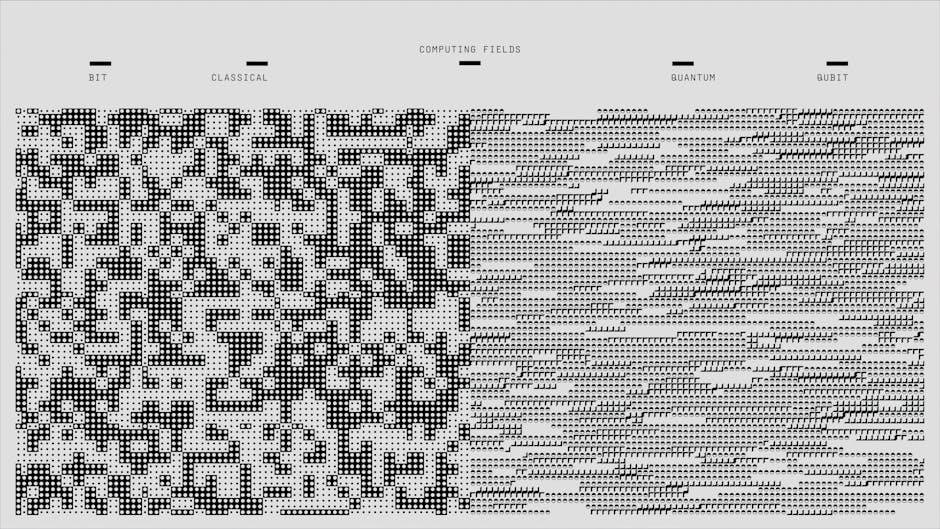Polaris Code List PDF: An Overview
A Polaris code list PDF provides a reference for diagnostic trouble codes (DTCs) on Polaris vehicles. These lists are useful for understanding and troubleshooting issues, often found in owner’s manuals downloadable from Polaris’ website. These codes are in two-digit numbers and are model specific.

Understanding Polaris Diagnostic Codes
Polaris diagnostic codes are essential for identifying vehicle issues. They often consist of numerical sequences, sometimes paired with SPN and FMI identifiers. These codes can pinpoint everything from open loads to speed sensor problems, aiding in efficient repairs.
General Code Structure (Two-Digit Codes)
Polaris diagnostic codes frequently employ a two-digit format, offering a basic level of error identification. For example, codes like “12” might indicate the beginning of a diagnostic check sequence, while “61” could signal the end. However, this simple structure has limitations. These two-digit codes serve as a general indicator, and variations can occur between different Polaris models and production years.
Therefore, relying solely on these codes without consulting specific service manuals or authorized dealers can lead to misdiagnosis. While helpful for initial troubleshooting, always cross-reference with detailed resources.
Importance of Model and Year Specific Information
When interpreting Polaris diagnostic codes, understanding that model and year variations are important. A code’s meaning can shift significantly depending on the specific Polaris vehicle. A code applicable to a Polaris RZR might not hold the same interpretation for a Ranger or Ace.
Consulting the correct service manual or contacting a dealer is crucial. Manufacturers refine systems over time, leading to different code assignments. Failing to account for these differences can result in inaccurate diagnoses. Always verify that your diagnostic information aligns with your Polaris model.

Accessing Polaris Code Lists
Polaris code lists can be found in owner’s manuals, often available as PDF downloads on the Polaris website. Online databases and vehicle service manuals are alternative sources for accessing specific code information for diagnostics.
Polaris Owner’s Manuals (PDF Downloads)
Polaris owner’s manuals are valuable resources for accessing diagnostic code information. These manuals are often available for download in PDF format from the official Polaris website. The manuals contain detailed information about diagnostic display code definitions, which can help you understand and troubleshoot issues with your Polaris vehicle.
Clicking the provided links often takes you to the table of contents or directly to a downloadable PDF of the owner’s manual. These manuals offer comprehensive guidance, ensuring you can effectively interpret error codes and maintain your Polaris vehicle. Always refer to the specific manual for your model and year.
Polaris Online Database
The Polaris online database is a resource for accessing code lists and related information. This database allows users to view codes and other relevant details pertaining to their Polaris vehicles. The online database is a valuable tool for diagnosing problems.
To access the codes and the Polaris online database, users are directed to specific links. These links provide access to a wealth of information, including code descriptions and troubleshooting tips. Always ensure that you are using the correct information for your specific Polaris model and year to ensure accurate diagnostics and repairs.

Interpreting Diagnostic Trouble Codes (DTCs)
Interpreting DTCs involves understanding the code’s meaning and its implications for vehicle performance. This often requires using service manuals or consulting authorized Polaris dealers for accurate diagnosis and repair procedures.
SPN and FMI Codes
SPN (Suspect Parameter Number) and FMI (Failure Mode Indicator) codes are essential components in diagnosing Polaris vehicles. The SPN identifies the specific system or component experiencing an issue. In contrast, the FMI describes the nature of the fault, such as a voltage problem or data inconsistency. For example, a code might indicate a “Throttle Position Sensor 1 Voltage High,” where the SPN points to the throttle position sensor, and the FMI specifies a high voltage condition. These codes, often found in service manuals, help pinpoint the exact problem for effective troubleshooting and repair, aiding in resolving issues quickly.
Using Vehicle Service Manuals
Vehicle service manuals are critical for interpreting Polaris diagnostic codes accurately. These manuals provide detailed, model-specific information, going beyond general code lists. They offer comprehensive explanations of each code, including possible causes, troubleshooting steps, and repair procedures. For example, a service manual will describe the exact voltage range for the throttle position sensor and the steps to diagnose a high voltage error. Unlike generic code readers, service manuals provide in-depth knowledge tailored to your specific Polaris model, ensuring precise diagnoses and effective repairs. Consulting the correct service manual is essential for anyone undertaking Polaris vehicle maintenance or repairs.
Contacting Authorized Polaris Dealers
When dealing with complex or unfamiliar Polaris diagnostic codes, contacting an authorized Polaris dealer is a valuable step. Dealers have specialized diagnostic tools like Digital Wrench and access to the latest technical information. They can accurately interpret codes, diagnose underlying issues, and perform necessary repairs. Dealers can also provide model-specific guidance, ensuring that the correct troubleshooting steps are followed; If a code indicates a potential safety concern or requires advanced technical expertise, seeking assistance from a Polaris dealer is highly recommended. They offer professional service and genuine Polaris parts, maintaining your vehicle’s performance and reliability.
Common Polaris Error Codes and Troubleshooting
Polaris vehicles may display error codes, signaling issues like open loads or speed sensor problems (P0503). Troubleshooting often involves checking connections, wiring, and consulting service manuals or authorized Polaris dealers for specific guidance.
Open Load Errors
Open load errors on a Polaris vehicle indicate a break in the wiring leading to a specific component, such as the injector or fuel pump, or failure of the component itself. These errors signify an interruption in the electrical circuit, preventing the proper function of the affected system. Diagnostic display code definitions will show open load, meaning there is a break in the wires that lead to the item listed in the chart or the item has failed. Addressing open load errors typically involves inspecting the wiring harness, connectors, and the component itself for damage or corrosion and repairing or replacing as necessary to restore circuit continuity.
Speed Sensor Issues (P0503)
Speed sensor issues, often indicated by the error code P0503, relate to erratic, intermittent, or missing signals from the vehicle speed sensor. These issues can stem from damaged wiring, loose connections, or a faulty sensor. A P0503 code might mean there are issues with the vehicle speed sensor signal which could be intermittent or missing entirely. Addressing this issue typically involves inspecting the speed sensor, its wiring, and connections for damage. The speed sensor is often on the transmission, and a loose connection or damage can trigger the P0503 error. Correcting the underlying problem can resolve the error.
Using Diagnostic Tools
Diagnostic tools, such as Polaris Digital Wrench and aftermarket code readers with adapters, are essential for retrieving error codes. These tools help diagnose issues beyond basic visual inspections. The error codes can be looked up.
Polaris Digital Wrench Software
Polaris Digital Wrench software is a proprietary diagnostic tool used by authorized Polaris dealers and some advanced users. It allows for in-depth analysis of vehicle systems, including reading and clearing diagnostic trouble codes (DTCs). This software provides detailed information about the fault, aiding in accurate troubleshooting and repairs.
Digital Wrench often offers functionalities beyond basic code reading, such as live data streaming and component testing. While powerful, it typically requires specialized training and hardware to use effectively. The software is designed for comprehensive diagnostics, offering insights not available through standard code readers. Always consult the user manual.
Aftermarket Code Readers and Adapters
Aftermarket code readers and adapters offer an alternative to proprietary tools like Polaris Digital Wrench. Since Polaris does not use a standard OBD2 port, adapters are necessary to connect standard code readers. These tools can read and clear diagnostic trouble codes (DTCs) on Polaris vehicles, providing a cost-effective solution for basic diagnostics.
However, the functionality of aftermarket readers may be limited compared to specialized software. They might not offer the same depth of system analysis or component testing. Users should verify compatibility with their specific Polaris model before purchasing. Always refer to your vehicle’s service manual or an authorized Polaris dealer for complete information.

Reporting Code Violations
The Polaris Business Ethics Hotline is a confidential resource for reporting possible violations of the company’s code of conduct, policies, or applicable laws and regulations. This ensures ethical operations within the Polaris business framework.
Polaris Business Ethics Hotline
The Polaris Business Ethics Hotline offers a confidential means to report potential violations of the Polaris code of conduct, company policies, laws, rules, or regulations. This resource ensures ethical practices and provides a secure channel for reporting concerns without fear of reprisal. It’s designed to promote transparency and accountability within the organization.
If you suspect any unethical behavior or violations related to Polaris operations, utilizing the Business Ethics Hotline allows for a thorough and impartial investigation. Your report will be treated with confidentiality and handled professionally to maintain the integrity of Polaris’ business practices. This promotes a culture of compliance and responsibility.

